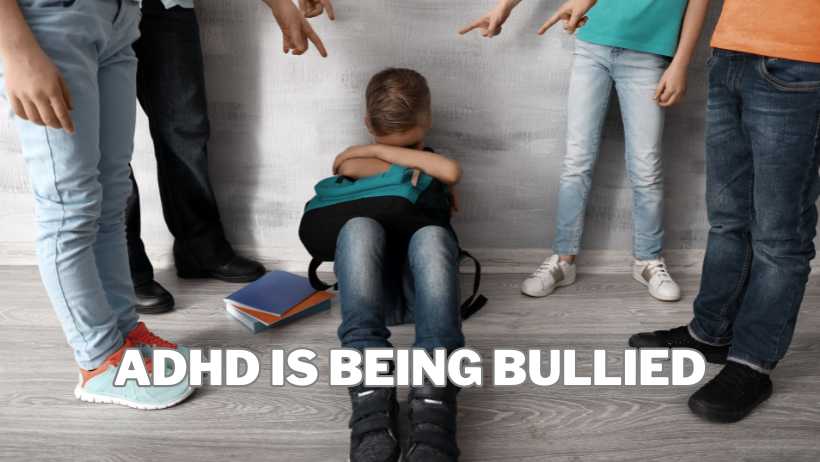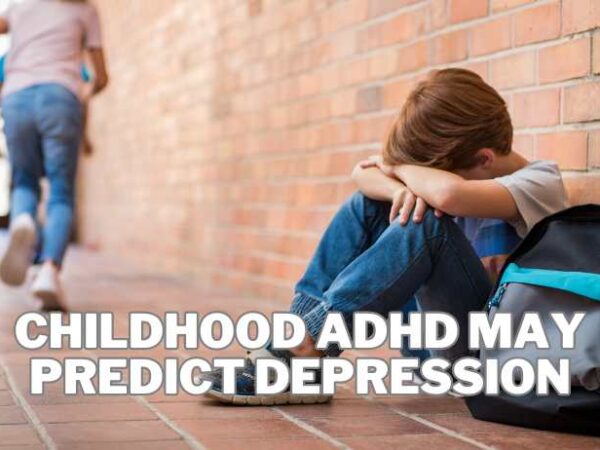
Discover what steps to take when your child with ADHD is being bullied. Learn how to recognize the signs and communicate effectively to address the issue.
If your child with ADHD is being bullied, it is important to take immediate action. Bullying can have long-term negative effects on children, both mentally and physically. It is a problem that affects many children, not just those with ADHD. In fact, statistics show that over one in three children between the ages of 13 and 15 experience bullying.
Bullying can take various forms, including physical aggression and cyberbullying on social media platforms. Children with disabilities, such as ADHD, are at a higher risk of being bullied. As a parent, it is crucial to recognize the signs of bullying and take steps to address the issue.
This article will provide guidance on what to do when your child with ADHD is being bullied.
Understanding Bullying
Bullying can be defined as unsolicited, aggressive behavior involving an imbalance of power. It can manifest physically through actions such as punching or kicking, or verbally through insults and taunting. With the proliferation of the internet, cyberbullying has become a major concern, as social networks provide platforms for humiliation and ridicule.
According to UNICEF, bullying affects over one in three children between the ages of 13 and 15. It predominantly occurs in schools, with a smaller percentage taking place in public spaces. The prevalence of bullying tends to peak during middle school and diminish in high school.
Certain groups, including LGBTQIA individuals and children with disabilities such as ADHD, are at a higher risk of being bullied. Research has shown that bullying has long-term mental and physical effects, such as increased levels of C-Reactive protein (a biomarker of chronic inflammation), depression, digestive issues, and anxiety. It is crucial to address bullying promptly to protect the well-being of children with ADHD.
Recognizing the Signs
Identifying the signs of bullying is essential to intervene effectively. Physical signs may include unexplained bruises, scratches, or other injuries. Additionally, a child may suddenly experience headaches, stomachaches, or other physical complaints.
Emotionally, a bullied child may show signs of sadness, anxiety, or depression. They may become withdrawn or display changes in their mood or behavior. Behavioral signs may include changes in sleeping or eating patterns, avoiding certain places or activities, or expressing a desire to stay home from school. Becoming attuned to these signs is crucial for early intervention and support.
Communicating with Your Child
Creating a safe space for open communication is vital in addressing bullying. It is essential to establish a trusting relationship where your child feels safe to express their feelings. Active listening plays a significant role in effective communication – giving your child your full attention, showing empathy, and asking open-ended questions to encourage them to share their experiences.
Additionally, validating their feelings and letting them know that their emotions are valid helps build trust and allows them to feel understood and supported.
Contacting the School
Engaging with your child’s school is a crucial step in addressing bullying. Initiating a conversation with your child’s teacher can provide valuable insights into their social interactions at school. Understanding the school’s anti-bullying policies and procedures ensures that you are well-informed about the school’s approach to addressing bullying incidents. If necessary, requesting a meeting with school administration can help escalate the issue and ensure appropriate measures are taken to protect your child.
Supporting Your Child
Boosting your child’s self-esteem is key to helping them navigate bullying. Reinforcing their strengths and abilities can help them develop resilience and confidence. Teaching them coping strategies, such as deep breathing exercises or positive self-talk, equips them with effective tools to manage stress and anxiety.
Encouraging assertiveness empowers your child to express themselves clearly and set boundaries. Role-playing scenarios can be beneficial in practicing assertive communication and responding to bullying situations.
Involving Outside Support
Consulting a mental health professional can provide your child with additional support and guidance. A therapist or counselor who specializes in working with children with ADHD can help your child process their experiences and develop coping skills.
Reaching out to ADHD support groups can also connect your child with a community of individuals who can relate to their experiences. In severe cases, seeking legal advice may be necessary to protect your child’s rights and ensure their safety.
Technology and Cyberbullying
In today’s digital age, it is essential to monitor your child’s online activity to protect them from cyberbullying. Setting clear boundaries and rules about internet usage can help minimize the risk of online bullying.
Teaching internet safety, such as avoiding sharing personal information online and being cautious about accepting friend requests, is crucial. Encouraging your child to report any cyberbullying incidents to you or a trusted adult ensures prompt intervention and support.
Promoting Healthy Friendships
Encouraging social interaction is vital in fostering healthy friendships for your child. Providing opportunities for socialization, such as arranging playdates or social activities, helps your child develop and maintain meaningful relationships. Teaching friendship skills, such as sharing, taking turns, and empathy, can enhance their social interactions and reduce the likelihood of being targeted by bullies.
Educating Others
Raising awareness about ADHD is crucial in promoting understanding and acceptance. Educating teachers and school staff about ADHD can help them better support your child in the classroom and identify any bullying incidents. Advocating for inclusion and acceptance can create a more inclusive and supportive school environment for children with ADHD.
Self-Care for the Parent
Taking care of your own emotional well-being is paramount when addressing bullying. Engaging in self-care activities, such as practicing mindfulness or engaging in hobbies, can help you manage stress and anxiety. Seeking support from other parents who have experienced similar challenges can provide a valuable network of understanding.
Implementing stress-relief techniques, such as deep breathing exercises or journaling, can help manage the emotional toll of dealing with your child’s bullying experiences.
In conclusion, understanding bullying and its impact on children with ADHD is crucial for parents. Recognizing the signs, effectively communicating with your child, and involving the school and outside support are important steps in addressing bullying.
Promoting healthy friendships, educating others, and practicing self-care as a parent are vital for creating a supportive and inclusive environment for children with ADHD. By taking proactive measures, parents can help protect their child’s well-being and foster their resilience in the face of bullying.



















